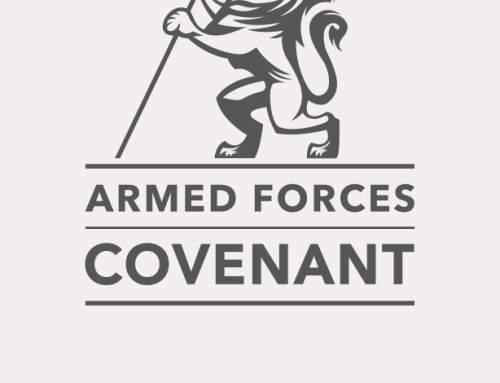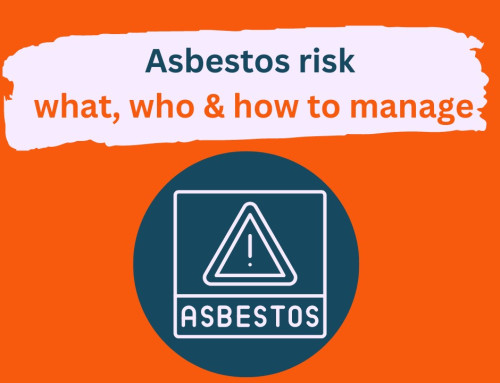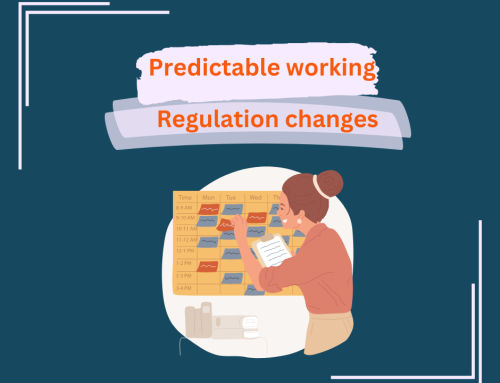Employers Liability is one of the most basic liability covers available to organisations. If you employ anybody, Employers Liability insurance is a legal requirement under the Employers’ Liability (Compulsory Insurance) Act 1969.
The definition of ’employee’ includes labour-only subcontractors – these are subcontractors who are under the direct supervision of the employer, carrying out simple tasks with tools and equipment supplied the employer.
It is also possible, but not generally compulsory, to buy Employers Liability insurance if you have volunteers, work experience or placement students. It can often be arranged alongside other covers (property, money, etc) as part of a package. In this blog, we are going to take a quick look at what it does and what information a broker will need in order to put it in place.
This type of cover provides you with a promise to cover the costs of any claim brought by an employee against you for personal injury which was the result of your negligence. Examples of simple Employers Liability claims include industrial disease (such as Asbestosis), slips, trips and falls as well as other work related injuries. Costs of a claim include the damages awarded by a court as well as defence and investigation costs. Often claims don’t reach the courts and so this also covers settlements arranged out of court between the two parties.
When approaching brokers for an Employers Liability insurance quotation we need to know about any contractual requirements imposed upon you. Generally the level of cover that most organisations buy is the insurance industry standard of £10M. However, be aware that you may have entered into contracts or agreements which require you to have a higher limit of indemnity, sometimes as high as £25M. Common examples of these include charity grant applications, tender processes, commissioned services, etc.
As this cover is usually rated on your annual wageroll or employee numbers, you need to know your wageroll estimate for the forthcoming year as well as current and anticipated staff numbers. It also helps us, as your broker, if you can provide a split in your wageroll where employees undertake different activities with different levels of risk- for example woodworking machinists are at higher risk than clerical staff.
It also helps us get the most competitive rates if we understand your approach to risk management – do you have a Health & Safety policy? Have you carried out appropriate risk assessments (and is there a paper trail)? Do you issue Personal Protective Equipment? All this information allows insurers to apply discounts to your premiums.
Do you buy Employers Liability insurance at the moment? If this blog has raised any questions, and you’d like our help to answer them, do get in touch with us. Likewise, drop us a line if you are thinking of putting some Liability insurance in place- we specialise in helping organisations arrange commercial and charity insurance policies. Finally, for more information about how to buy insurance you can download our free Buyers’ Guide.






Good to know information.